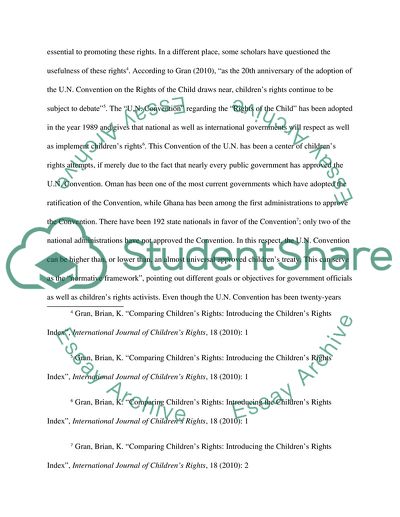Cite this document
(Ugandas Law and Sexual Abuses Research Paper Example | Topics and Well Written Essays - 3000 words, n.d.)
Ugandas Law and Sexual Abuses Research Paper Example | Topics and Well Written Essays - 3000 words. Retrieved from https://studentshare.org/law/1775528-to-what-extent-has-ugandas-law-protected-the-rights-of-a-child-whom-is-a-victim-of-sexual-abuses
Ugandas Law and Sexual Abuses Research Paper Example | Topics and Well Written Essays - 3000 words. Retrieved from https://studentshare.org/law/1775528-to-what-extent-has-ugandas-law-protected-the-rights-of-a-child-whom-is-a-victim-of-sexual-abuses
(Ugandas Law and Sexual Abuses Research Paper Example | Topics and Well Written Essays - 3000 Words)
Ugandas Law and Sexual Abuses Research Paper Example | Topics and Well Written Essays - 3000 Words. https://studentshare.org/law/1775528-to-what-extent-has-ugandas-law-protected-the-rights-of-a-child-whom-is-a-victim-of-sexual-abuses.
Ugandas Law and Sexual Abuses Research Paper Example | Topics and Well Written Essays - 3000 Words. https://studentshare.org/law/1775528-to-what-extent-has-ugandas-law-protected-the-rights-of-a-child-whom-is-a-victim-of-sexual-abuses.
“Ugandas Law and Sexual Abuses Research Paper Example | Topics and Well Written Essays - 3000 Words”, n.d. https://studentshare.org/law/1775528-to-what-extent-has-ugandas-law-protected-the-rights-of-a-child-whom-is-a-victim-of-sexual-abuses.


